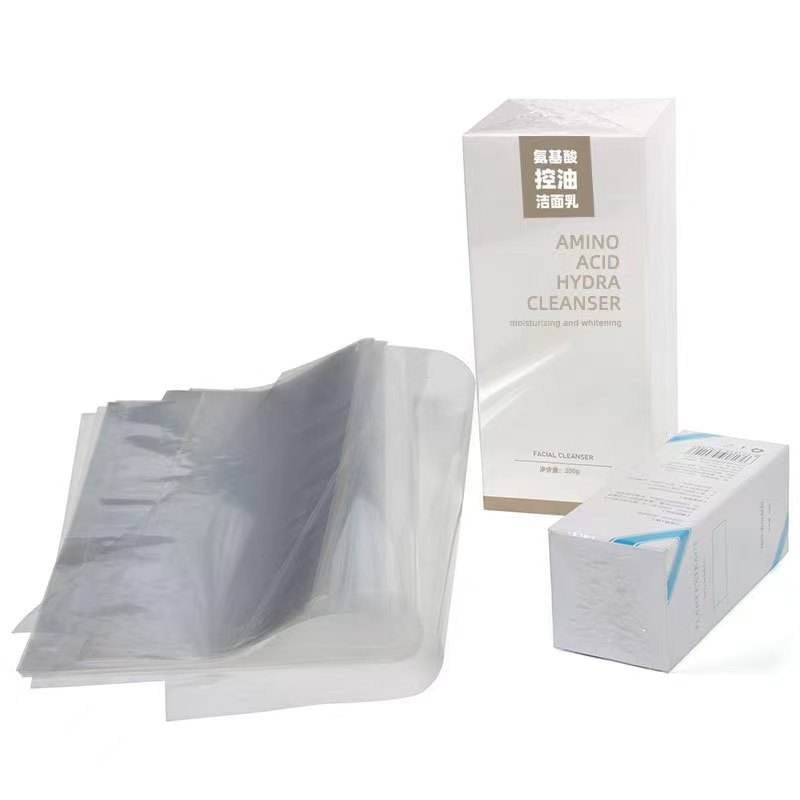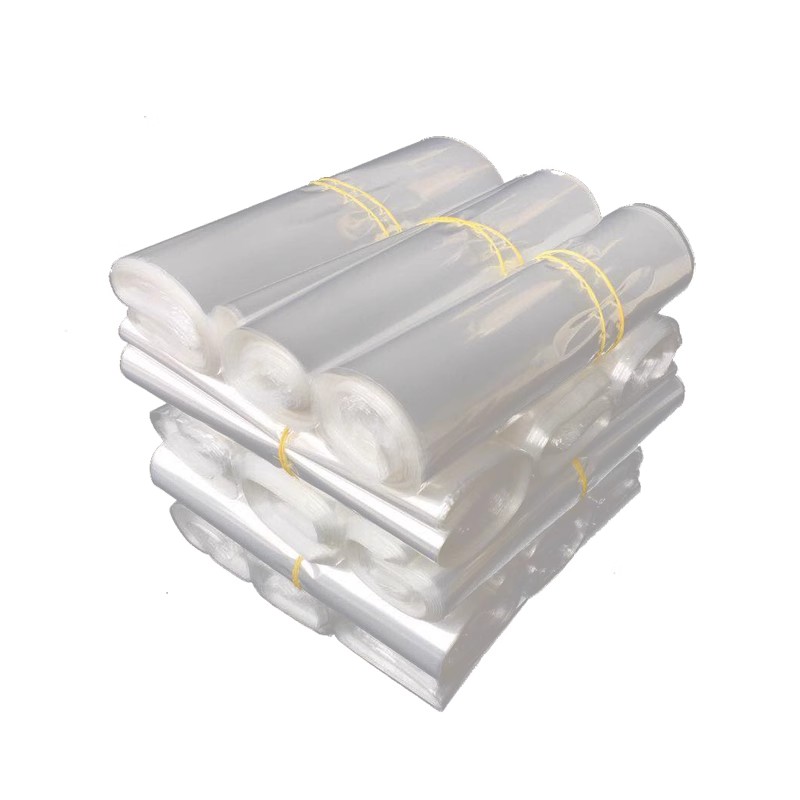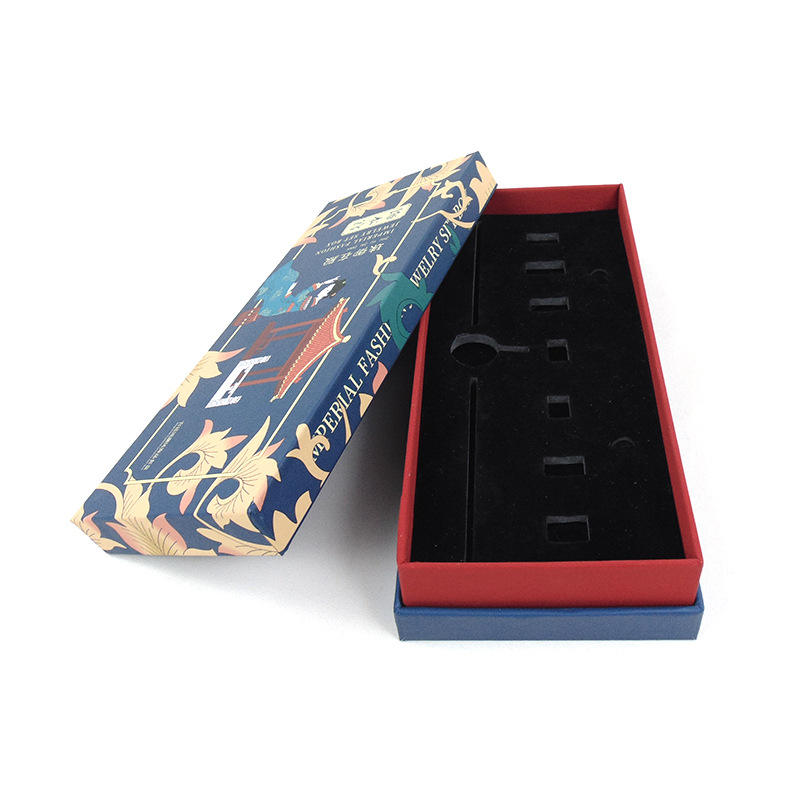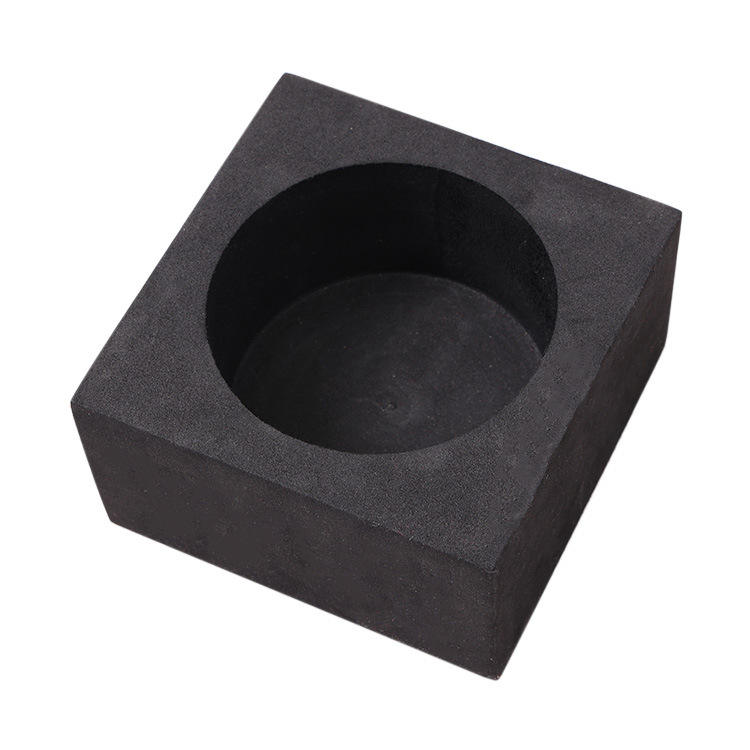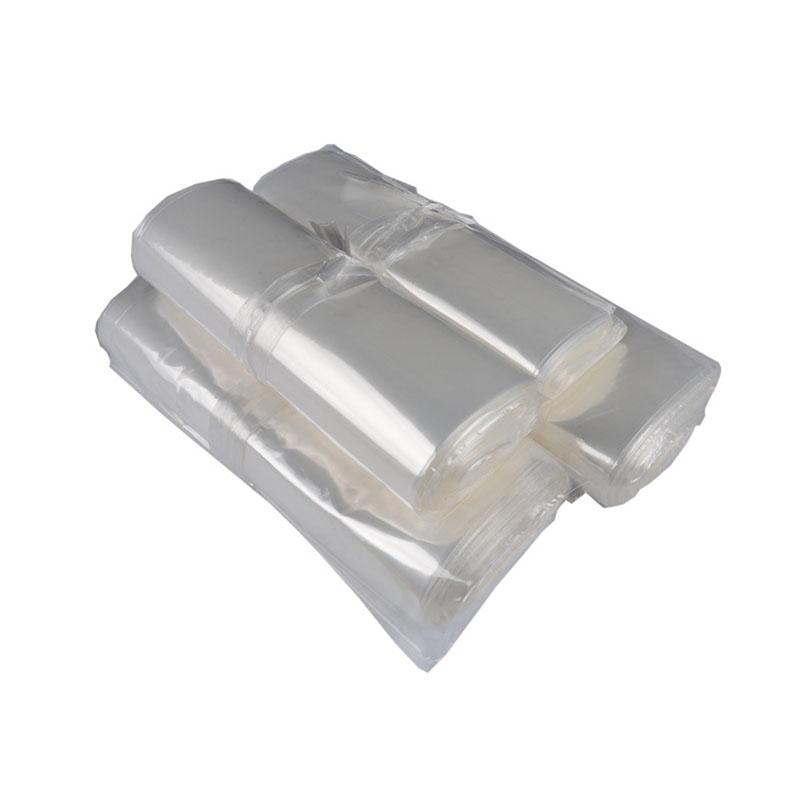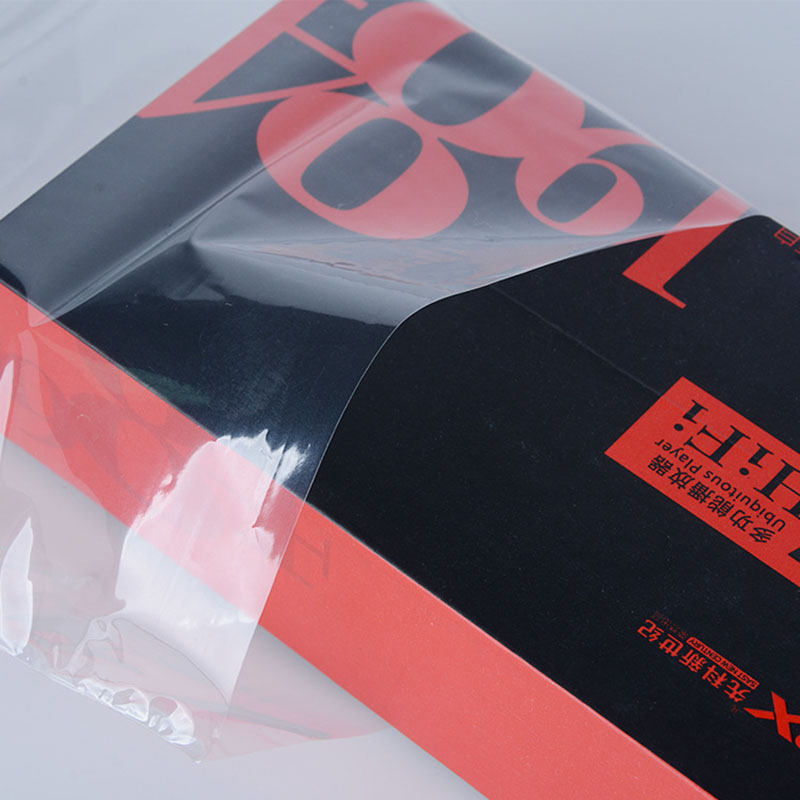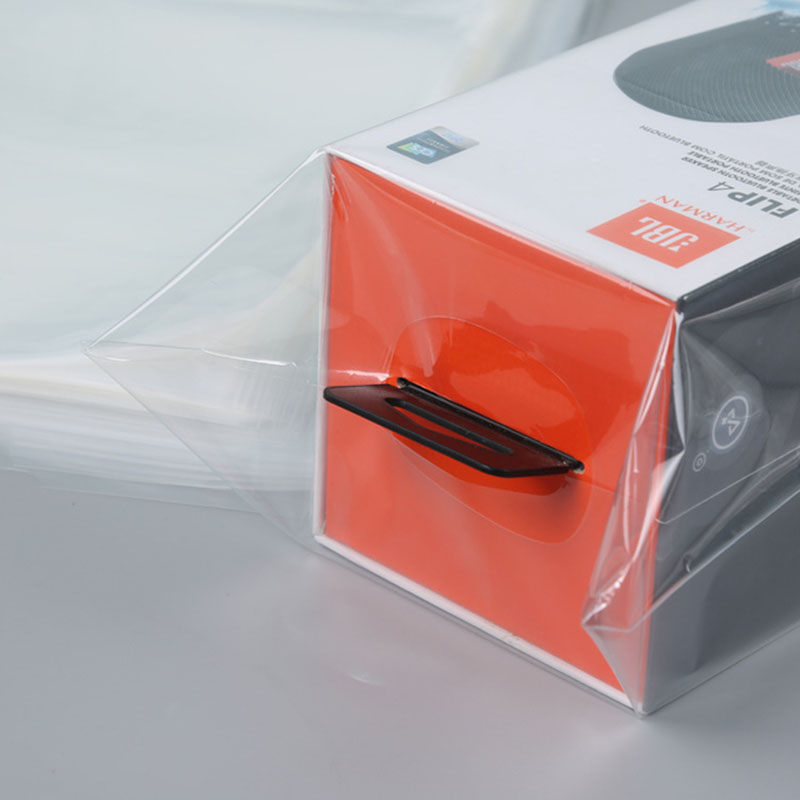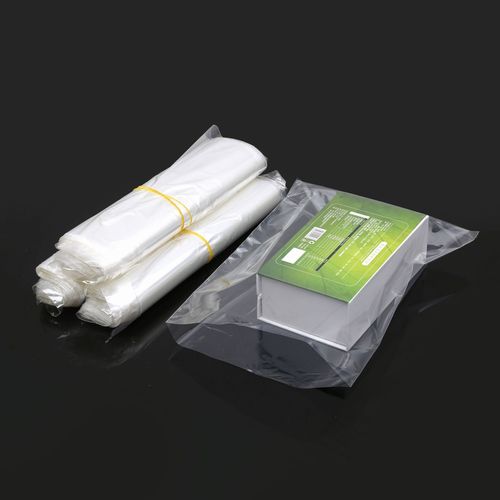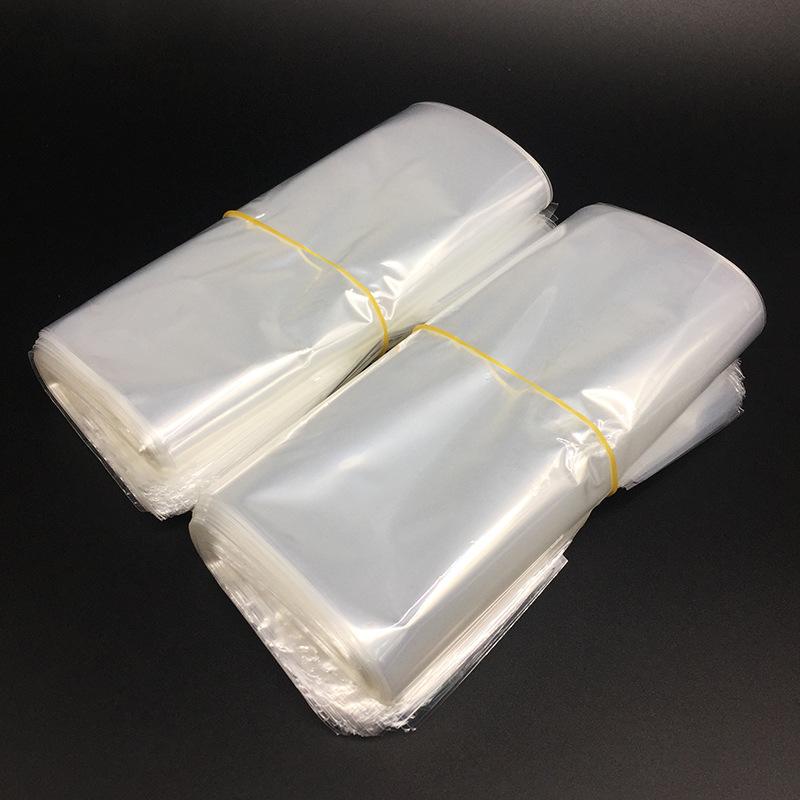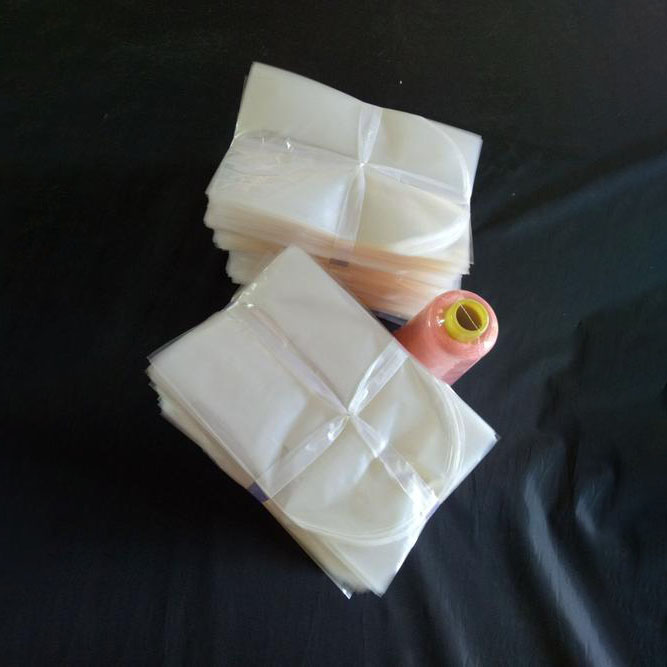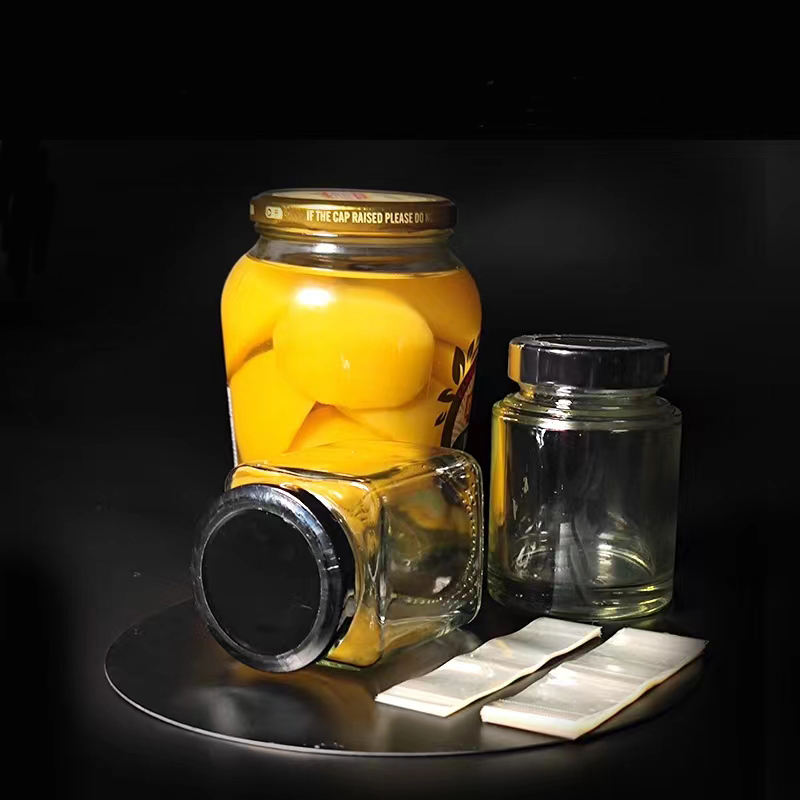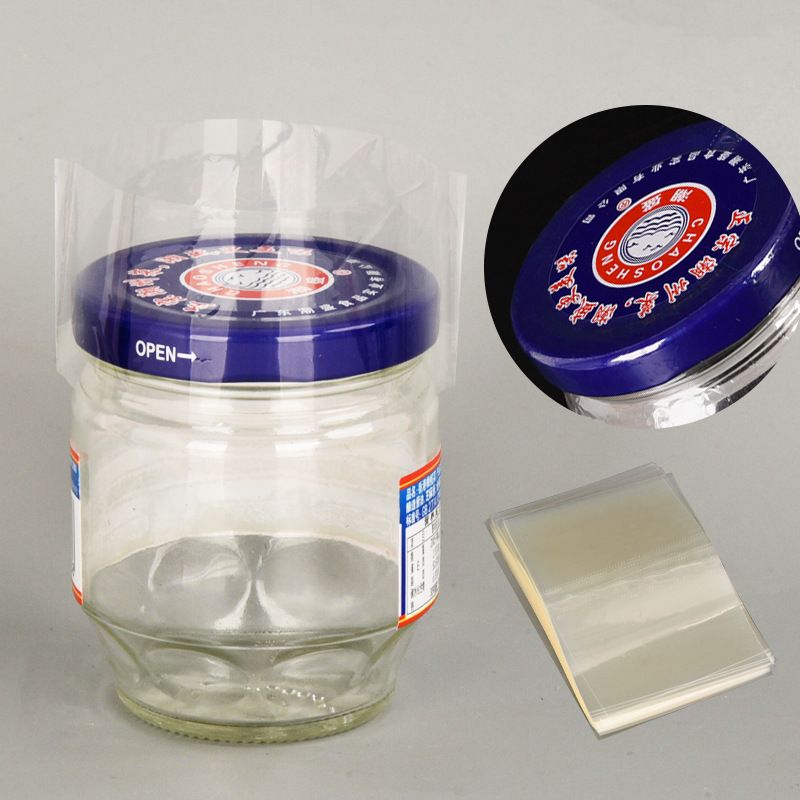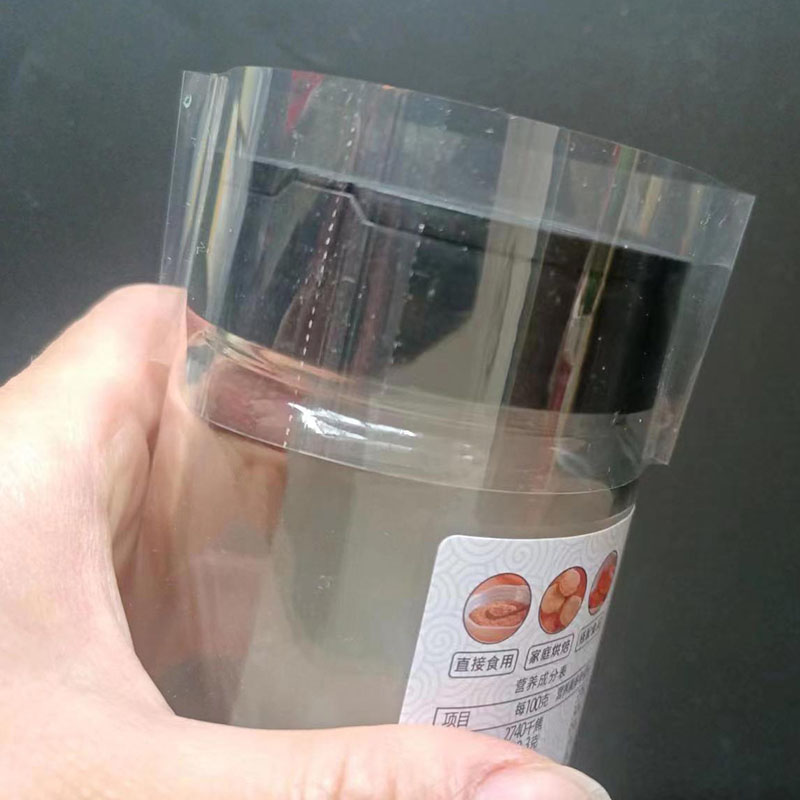Plastic POF Packaging Bags
In the ever-evolving landscape of packaging solutions, one product that has gained significant attention in recent years is the plastic POF packaging bag. Known for its versatility and performance, POF bags are now commonly utilized across various industries, including food, retail, and e-commerce. This blog post aims to explore the characteristics, benefits, and applications of plastic POF packaging bags, underscoring their importance in contemporary packaging practices.
Send Inquiry
In the ever-evolving landscape of packaging solutions, one product that has gained significant attention in recent years is the plastic POF packaging bag. Known for its versatility and performance, POF bags are now commonly utilized across various industries, including food, retail, and e-commerce. This blog post aims to explore the characteristics, benefits, and applications of plastic POF packaging bags, underscoring their importance in contemporary packaging practices.
What Are Plastic POF Packaging Bags?
Plastic POF packaging bags are thin, flexible bags made from polyolefin, a type of plastic that includes polyethylene and polypropylene. These bags are typically produced through a process called film blowing, resulting in a shrinkable material that can seamlessly conform to the shape of the product encapsulated within. POF packaging bags come in various sizes, thicknesses, and designs, making them suitable for diverse applications.
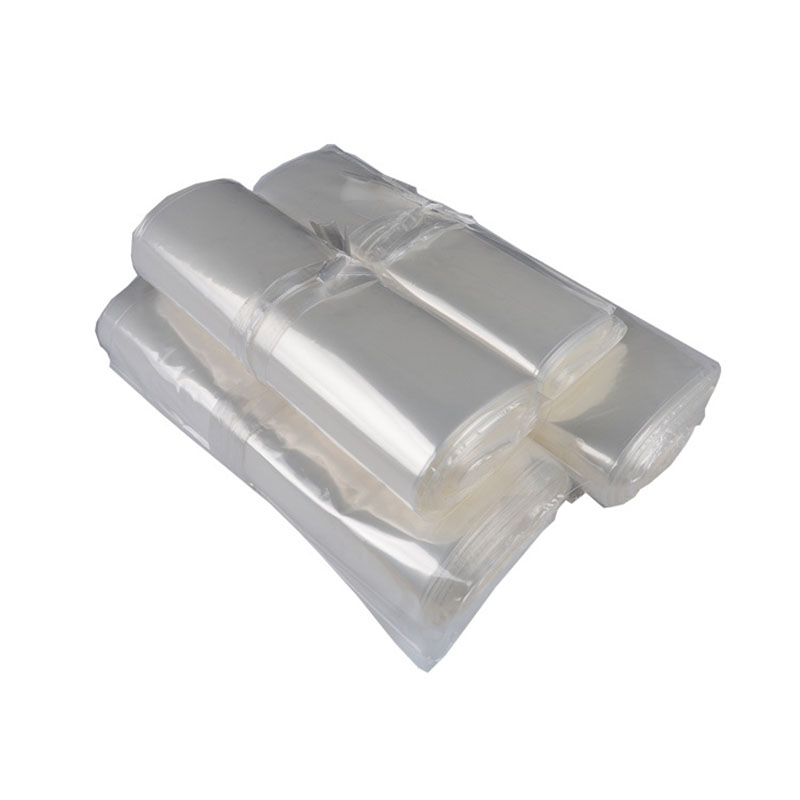
Key Characteristics of POF Packaging Bags
1. Shrinkability: One of the most notable characteristics of POF packaging bags is their shrinkage capability. When exposed to heat, POF films will shrink tightly around the object they encase, providing a snug fit. This property enhances product presentation while also offering protection during transportation and storage.
2. Clarity and Gloss: POF bags offer outstanding clarity and a glossy finish, making them particularly appealing for retail products. The transparent nature of the material allows consumers to view the product without opening the packaging, thus aiding in marketing efforts.
3. Durability: POF packaging bags are characterized by their strength and flexibility, offering excellent resistance to punctures and tears. This durability is crucial in safeguarding products against damage during handling and transport.
4. Barrier Properties: POF bags provide effective barriers against moisture, dust, and oxygen, further preserving the quality of the packaged items. This feature is particularly vital for food products, where maintaining freshness is paramount.
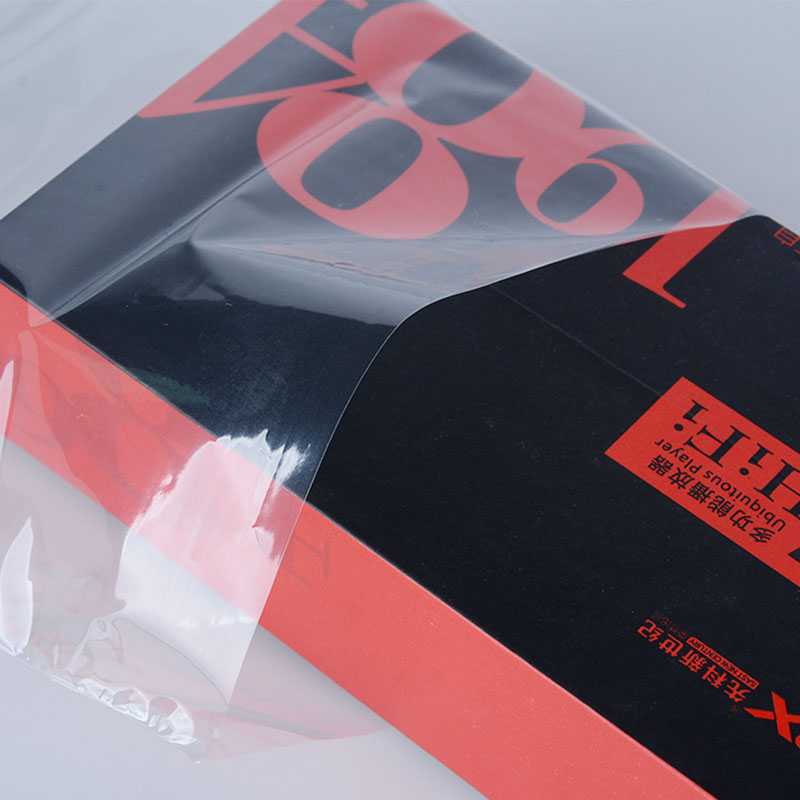
Benefits of Using Plastic POF Packaging Bags
1. Cost-Effective: POF bags are often more affordable than other packaging options, making them an economically viable choice for businesses of all sizes. Their lightweight nature also translates to lower shipping costs.
2. Environmental Considerations: Many POF bags are recyclable, aligning with the growing trend towards sustainable packaging solutions. Although user responsibility remains vital in recycling practices, using POF can contribute to reduced plastic waste in landfills.
3. Customizability: POF bags can be easily customized in terms of size, shape, and printing. Brands can enhance their visibility and identity by including logos, product information, or nutritional labels directly on the packaging.
4. Ease of Use: The design of POF bags allows for straightforward filling and sealing processes, leading to increased efficiency in packaging operations. Their lightweight nature also enables easier handling for employees.
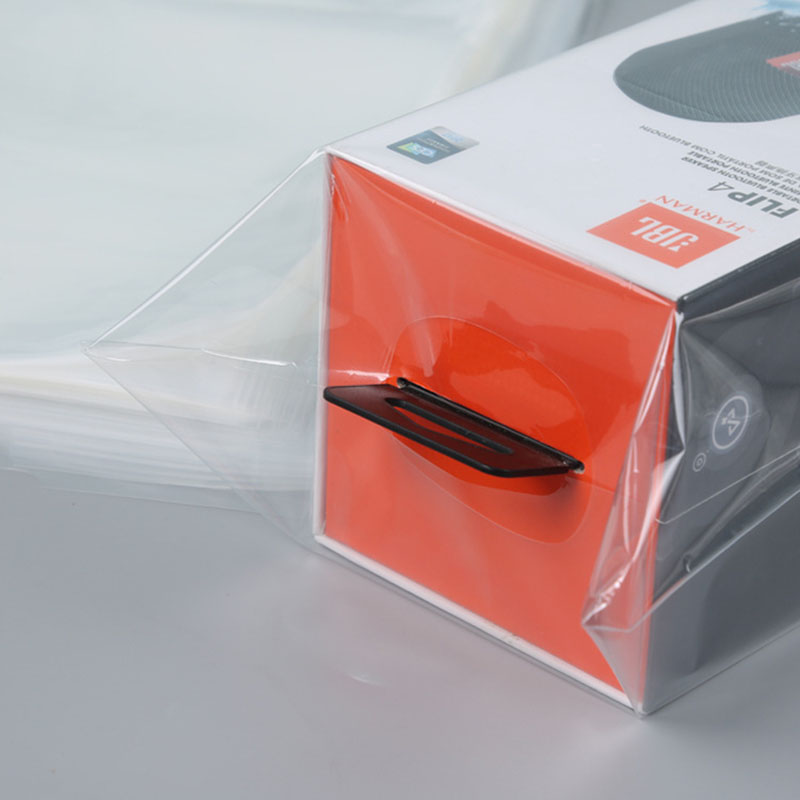
Applications of Plastic POF Packaging Bags
Plastic POF packaging bags are widely employed across numerous sectors. In the food industry, they are extensively used for packaging baked goods, snacks, and frozen items due to their protective attributes. Retail sectors utilize POF bags for packaging gifts, apparel, and other merchandise. Moreover, the e-commerce sector has integrated POF packaging bags for shipment purposes, where product protection and presentation during transport are critical.
 English
English Español
Español Português
Português русский
русский Français
Français 日本語
日本語 Deutsch
Deutsch tiếng Việt
tiếng Việt Italiano
Italiano Nederlands
Nederlands ภาษาไทย
ภาษาไทย Polski
Polski 한국어
한국어 Svenska
Svenska magyar
magyar Malay
Malay বাংলা ভাষার
বাংলা ভাষার Dansk
Dansk Suomi
Suomi हिन्दी
हिन्दी

